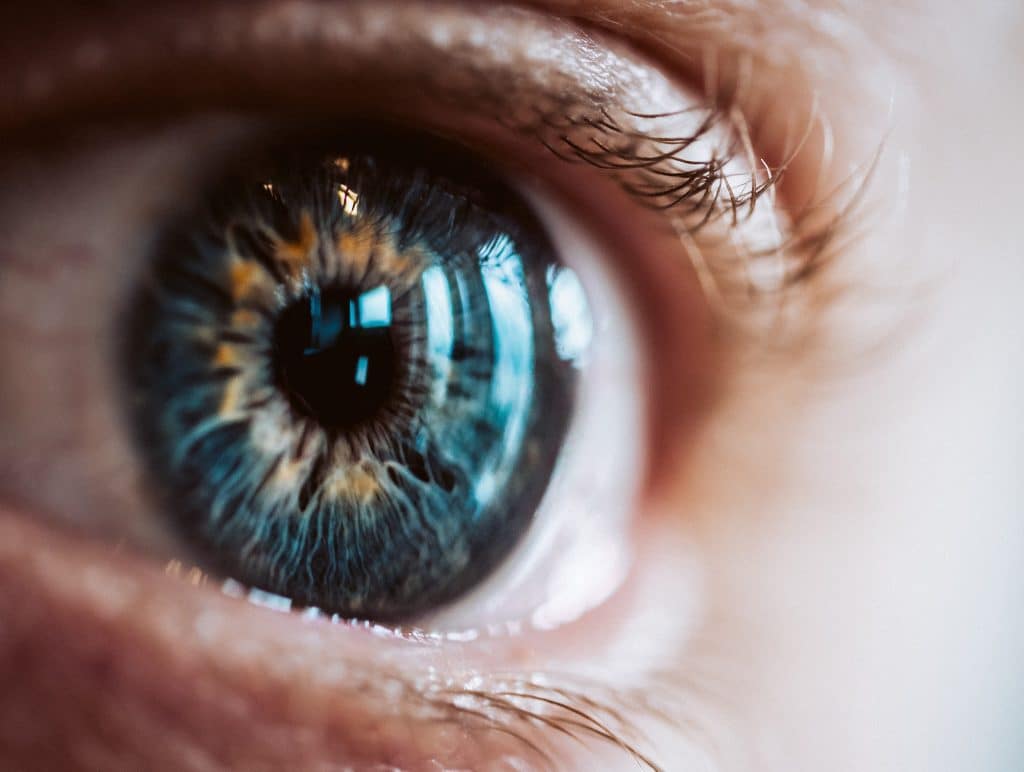Significant new safety warnings have been added to the label for Elmiron, a medication commonly prescribed to treat pain and discomfort associated with a bladder condition called interstitial cystitis (IC). On June 16, 2020, for the first time since Elmiron’s introduction in 1996, manufacturer Janssen Pharmaceuticals warned that “Pigmentary changes in the retina, reported in the literature as pigmentary maculopathy, have been identified with long-term use of Elmiron.” The drug maker also noted that “Although most of these cases occurred after 3 years of use or longer, cases have been seen with a shorter duration of use.” If you or someone you know has suffered vision loss or other symptoms of pigmentary maculopathy while taking Elmiron, you may be entitled to financial compensation, which you can pursue through an Elmiron vision loss lawsuit.
Elmiron Treatment for Interstitial Cystitis
For more than 20 years, Elmiron (pentosan polysulfate) has been marketed by Janssen Pharmaceuticals as a safe and effective treatment for interstitial cystitis or painful bladder syndrome, a condition that affects more than one million Americans. Elmiron is the only oral medication approved by the U.S. Food and Drug Administration (FDA) for the treatment of interstitial cystitis, a condition characterized by bladder pain and pressure and a frequent urge to urinate. Many patients taking Elmiron report improvement of their IC symptoms after just a few months, and because there is no cure for the chronic bladder condition, Elmiron users typically continue taking the medication for years, which we now know could put them at risk for irreversible vision loss due to pigmentary maculopathy.
Pigmentary maculopathy is a progressive eye disease that affects the macula, or the central portion of the retina. The link between Elmiron and pigmentary maculopathy was first discovered by Dr. Nieraj Jain and colleagues, who wrote in a letter to the editor of the Journal of Urology in early 2018, “We wish to alert readers to a concerning new observation of vision threatening retinal changes associated with long-term exposure to PPS. After extensive investigations, which included molecular testing for hereditary retinal disease, we found these cases to resemble no other retinal disease.” Based on emerging information about the link between Elmiron and pigmentary maculopathy, it is now recommended that Elmiron users undergo a baseline retinal examination within six months of beginning Elmiron treatment and then periodically while continuing treatment. Unfortunately, even if Elmiron use is stopped, the permanent retinal and vision changes characteristic of pigmentary maculopathy can continue to progress.
Reports of Eye Damage with Elmiron Use
These new updates to the Elmiron label follow recent scientific articles suggesting that Elmiron treatment may cause damage to the retina, the thin layer of tissue that lines the inside of the back of the eyeball. The retina contains millions of light-sensitive cells and other nerve cells responsible for receiving and organizing visual information, and damage to the retina can result in devastating and possibly permanent vision problems. Reported cases of eye damage among Elmiron users include vision problems like difficulty reading, blurred vision and difficulty adjusting to low or reduced light environments. Due to similarities between the two conditions, many cases of Elmiron-associated pigmentary maculopathy are misdiagnosed as macular degeneration, which is the leading cause of severe, permanent vision loss in people over the age of 60.
Janssen’s decision to update the Elmiron label is an important step forward in protecting consumer safety, but it should have come sooner. Warnings about Elmiron-associated maculopathy were added to the drug label in Canada in October of last year, and there have been more than a dozen papers and studies detailing vision problems associated with Elmiron treatment over the past several years. One study published in May 2018 described a “novel and possibly avoidable maculopathy associated with chronic exposure to PPS [Elmiron]” and the researchers in another study published in September 2019 concluded that “pentosan polysulfate sodium-associated maculopathy is a vision-threatening condition that can manifest in the setting of long-term exposure to the drug.”
Pursuing Compensation for Elmiron Vision Loss Injuries
Elmiron patients experiencing blurred or worsening vision previously thought to be related to macular degeneration, pattern dystrophy or Stargardt disease may actually be suffering from irreversible pigmentary maculopathy, and it appears that Elmiron users with the longest or most frequent use face the greatest risk. This finding appears to be reinforced by the new Elmiron warning label, which states that “While the etiology is unclear, cumulative dose appears to be a risk factor.” If you took Elmiron and have experienced vision loss, blurred vision, blindness, difficulty reading or difficulty adjusting to dim light, or you have been diagnosed with macular degeneration or another age-related eye condition, contact our consumer advocates at Leading Justice today. You may have grounds to file an Elmiron vision loss lawsuit against Janssen Pharmaceuticals and we can help put you in touch with an experienced Elmiron attorney.

